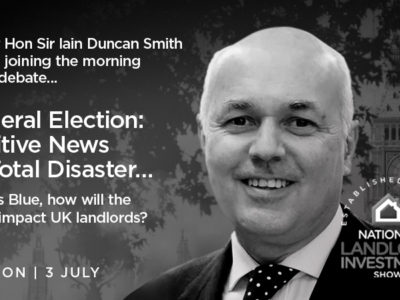Scottish landlords owning private-rented property could be paying higher tax bills than English ones due to diverging tax regimes in England and Scotland, as well as economic policies, according to chartered accountants and business advisors French Duncan LLP.
A reduction in tax benefits, designed to “level the playing field” between homeowners and property investors may be causing a disparity in tax bills between England and Scotland. These changes put in place by former chancellor George Osborne in 2015 as a means of reducing buy-to-let investments have been the cause of this imbalance, according to chartered accountants and business advisors French Duncan LLP.
Scottish landlords risk cut to income
The underlying issue here is that Scottish landlords are hit harder due to the higher rates of tax in Scotland. Regulatory changes further complicate matters, and there is a possibility that a majority of Scottish landlords may be unaware of the ramifications, which could lead to an increase in tax liabilities disruptions to their in buy-to-let investment properties.
Stephen Oates, tax director at French Duncan explained: “Three quarters of any interest paid on buy-to-let borrowing will be eligible for a 20 per cent tax credit with the balance of interest deductible from rental income. While this sounds complicated, the effect is alarming on the profitability of BTL investment”, he added.
Scottish landlords, who face higher tax rates than English ones, could be facing a reduction in income by as much as 15 per cent, as a result of these changes, according to French Duncan LLP.
Unintended consequences
Stephen Oates claimed policies presented to rebalance the buy-to-let markets in 2015 may have squeezed out the average landlord from the market. “The result is that the whole process of being a landlord has become more complex, costlier, and less attractive for all but professionals and large-scale investors”, he said.
Scottish landlords are likely to continue to see higher tax bills than their English neighbours, according to Oates: “A higher rate taxpayer in Scotland with a rental income of £12,000 and interest on a BTL mortgage of £8,000 will find their net income down to £1,100 (£100 less than south of the border) for the 2019/20 tax year, less than half the level it was in 2016/17.”
Oates also believes that this trend could continue to make buy-to-let investment challenging in Scotland and seem more attractive in England, estimating that net income will be down for the 2020/21 tax year. He added: “Because of this, many will begin to question the value of their property investment.”
Potential for increased supply
Owing to the increasingly difficult conditions Scottish buy-to-let landlords could face, Oates believes that they may be more likely to sell, which has the potential to increase supply in the coming years.
Oates sees room for further regulatory changes, revealing: “There is another tax incentive to sell on the horizon too – from April 2020, capital gains tax on residential property (at 18 and/or 28 percent) will have to be paid within 30 days of sale, whereas the current rules effectively give a minimum of nearly ten months’ grace.”
Despite the apparent exodus, conditions could allow for those remaining in the market to continue to prosper, according to Oates, but this would depend on how well-placed they were for regulatory changes. He concluded: “For others, the option to remain a landlord can be worth it, but they need to ensure they have the right tax and financial setup.”




















Comments